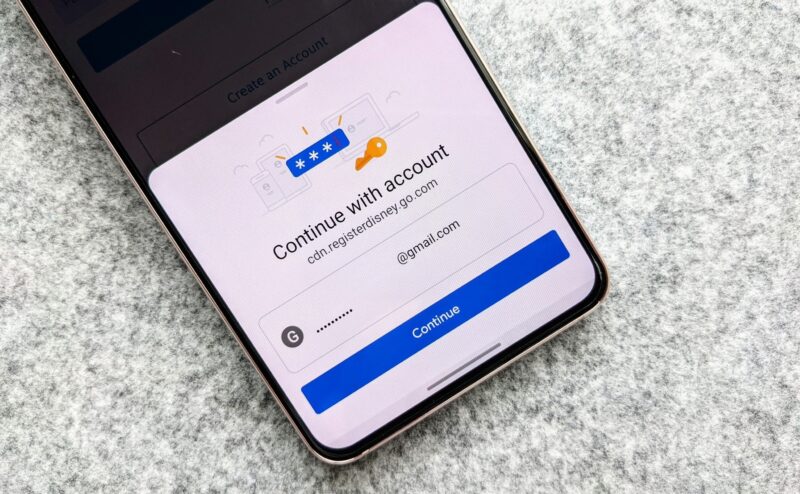Global Issues
3 Ways to Remember Passwords: From Simple to Unusual
Recheck your password. On the iPhone, for example, there are special security recommendations. The system will notify you if your password is easy to guess, or if you use the same password on different resources, or if a password from one of your accounts made it to lists of stolen passwords.

A strong password must be at least 8 characters long, contain upper and lower case letters, as well as numbers and special symbols. And for each service, you must come up with a separate password. It will help protect your accounts on https://22bet.com/, Netflix, Facebook, or any other platform, containing some private data. Such difficulties with identification even gave rise to the concept of “password fatigue”. If you suffer from it, here are easy ways to remember passwords.
Use Password Managers
This is the easiest way. A password manager is a program or application that stores your passwords. You only need to remember one password to log into this vault. There are many such services, and it’s best to choose the most trusted ones. Here’s what to look out for:
- The presence of two-factor authentication. To log in, in addition to the master password, you may need a code from an SMS or app, or it could be, say, biometric protection – fingerprint and Face ID login.
- Data protection with strong encryption. This information is usually listed in the app description in the app store.
A password generator may be built into the app to help create complex passwords for various services. Some smartphones offer this function as well: they create a complex password for you and save it in your own password manager on your phone. Some password managers offer synchronization between devices. There are free programs, but their functions are limited, and applications with paid subscriptions (from $1.5-2 per month, or $18 per year, up to $60 per year).
Create an Algorithm for Making up Passwords
If you don’t trust apps, you can make up your own password scheme and memorize it:
- Take any phrase, rewrite it (you can even misspell it on purpose).
- Capitalize the second and last letter in each word.
- After the phrase, add the last three letters of the site for which you come up with a password.
- Instead of spaces use a symbol, let it be $.
- At the end you can add some other combination of numbers, but not as obvious as the year of birth or a memorable date. It can be the last four digits of your manager’s number.
You can use special services to check your password for security.
We only need to remember the rule for the password, and then change the last three letters of the site where we want to authorize. In this way, you will have different and complex passwords for each resource.
You can also divide the sites and services into categories according to their importance: for example, super important, including business or financial, social networks and entertainment. And for each category, you can come up with your own password algorithm, or an additional combination to the basic principle. At the same time, you’d better come up with a completely different algorithm for the main mailbox, which you use to sign in to various sites. This will increase your security.
Split the Password Into Pieces
It’s suitable when we’re talking about really long passwords. For example, cryptocurrency users when registering must write down a secret phrase that will allow them to regain access to the wallet if they lose the password. And this phrase can contain 12-24 random words, which must be written out in strict order. Of course, you can learn them by making up a story. But it’s worth a safety net in case you forget it:
- Store the phrase in a password manager.
- Break the phrase into three parts, write each of them on separate sheets and store them in different but safe places. You can divide these sheets among people you trust but don’t know each other, and keep them with them.
Whichever way you choose to make and remember your password, enable two-factor authentication wherever it’s available. Such protection is an additional level of security when, in order to log in, the service requires another stage of identity verification in addition to the password – as a rule, the user has to enter a one-time code that is sent by SMS or in a push notification.
Recheck your password. On the iPhone, for example, there are special security recommendations. The system will notify you if your password is easy to guess, or if you use the same password on different resources, or if a password from one of your accounts made it to lists of stolen passwords.




















